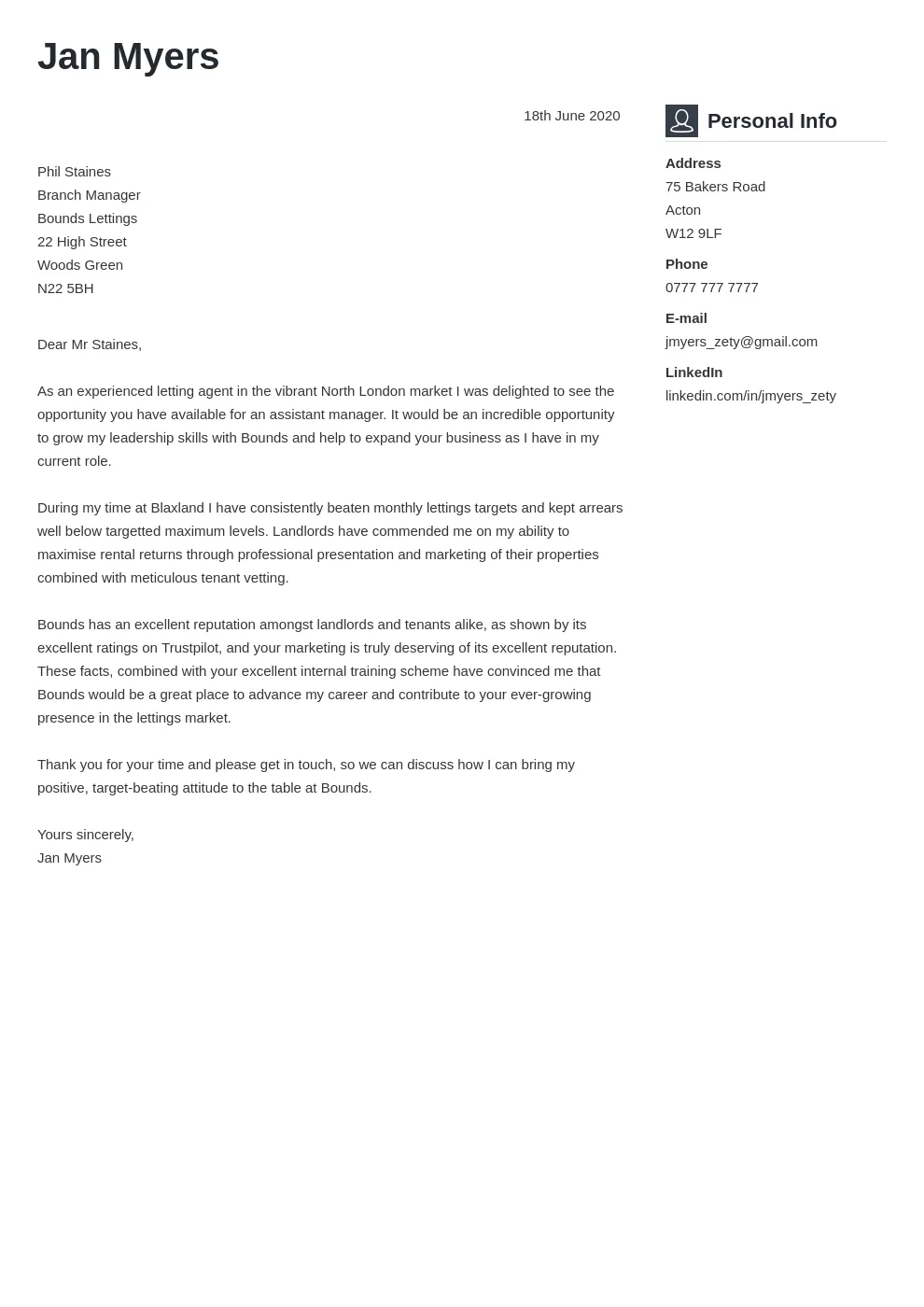Understanding the Importance of a Cover Letter
In the competitive job market, a well-crafted cover letter can be the key to unlocking your dream job. It serves as your introduction, allowing you to showcase your personality, passion, and the unique value you bring to a potential employer. While a resume provides a snapshot of your qualifications, the cover letter offers a platform to connect with the hiring manager on a more personal level, demonstrating your genuine interest in the role and the company. It’s an opportunity to go beyond the bullet points and explain why you are the perfect fit, giving context to your skills and experience. In essence, a cover letter is your chance to make a lasting first impression and distinguish yourself from the countless other applicants.
What is the Purpose of a Cover Letter?
The primary purpose of a cover letter is to persuade the hiring manager to read your resume and consider you for an interview. It’s a targeted marketing document, designed to highlight how your skills and experiences align with the specific requirements of the job. A well-written cover letter expands on the information in your resume, offering a narrative that connects your past experiences to the future opportunity. It demonstrates your research into the company, your understanding of the role, and your genuine enthusiasm for the position. It also allows you to address any potential gaps in your resume, explain career transitions, or provide further context for your qualifications. Ultimately, the cover letter’s goal is to secure you an interview, the next crucial step in the hiring process.
Cover Letter vs Resume
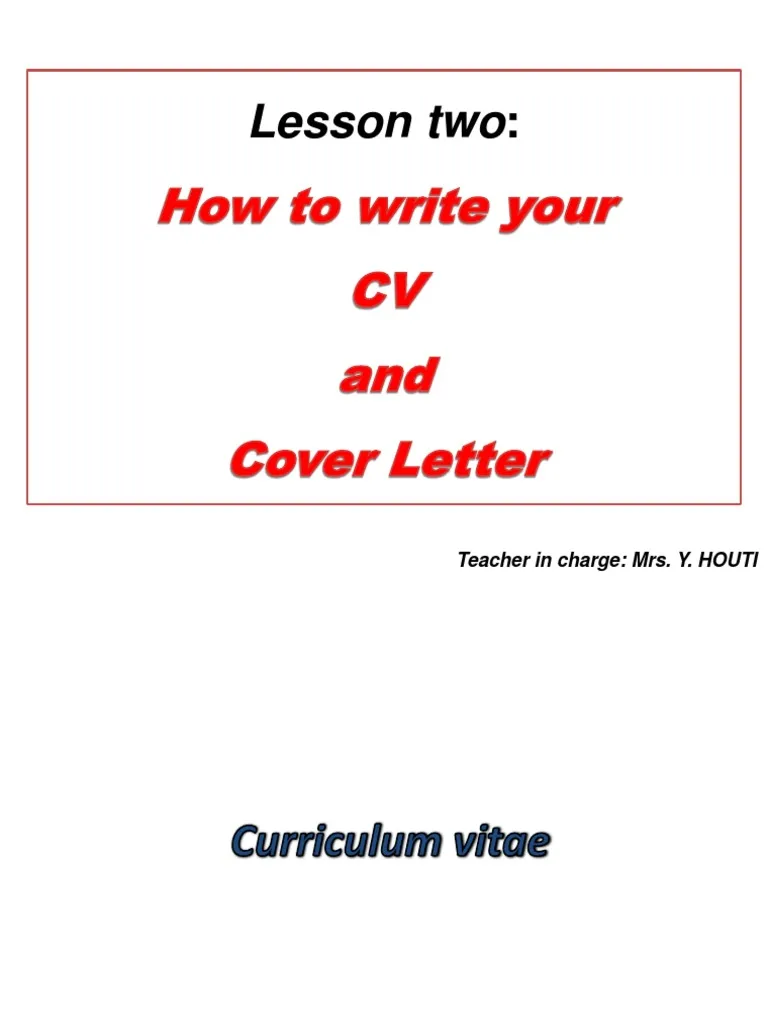
Understanding the difference between a cover letter and a resume is crucial for a successful job application. Your resume is a concise summary of your skills, experiences, and qualifications, presented in a factual and organized manner. It provides a quick overview of your professional history, educational background, and relevant achievements. The resume’s primary function is to provide a snapshot of your qualifications. The cover letter, on the other hand, is a more personalized document. It’s an opportunity to expand on your resume, provide context, and explain why you’re a great fit for the specific role and company. It allows you to showcase your personality, enthusiasm, and communication skills, which a resume alone cannot effectively convey. A resume is a list, while a cover letter is a story, a narrative that makes your application compelling.
Key Components of a Winning Cover Letter
A compelling cover letter comprises several key components, each playing a vital role in capturing the hiring manager’s attention. First, the contact information and salutation set the tone. Next, the opening paragraph grabs their interest, clearly stating your purpose and the position you’re applying for. In the body, you highlight your skills and experiences, matching them to the job requirements while quantifying your achievements to demonstrate impact. Show your enthusiasm for the role and the company. Finally, the closing paragraph reiterates your interest and includes a clear call to action. Paying attention to the structure and ensuring each section flows logically ensures your message is easily understood and memorable.
Contact Information and Salutation
Begin your cover letter with your contact information, including your name, phone number, email address, and optionally, your LinkedIn profile URL. This should be followed by the date and the recipient’s contact information (if available), including the hiring manager’s name and the company’s address. A personalized salutation is essential. Instead of using a generic greeting like “To Whom It May Concern,” try to find the hiring manager’s name. If you can’t find a specific name, “Dear Hiring Manager” is an acceptable alternative. Using the correct name shows attention to detail and a proactive approach, making a positive first impression.
Writing an Engaging Opening Paragraph
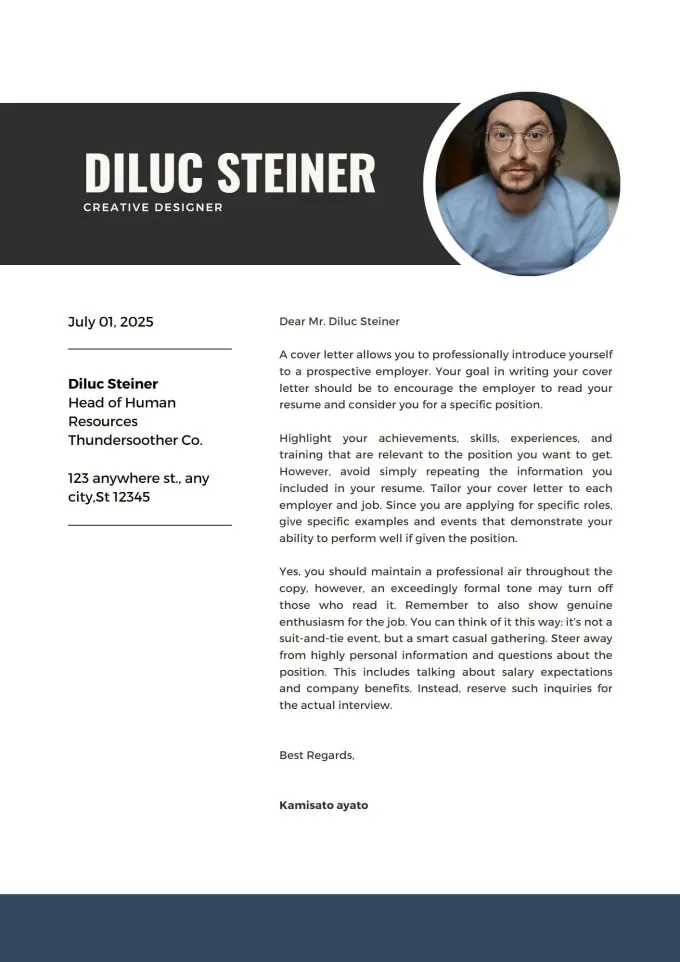
The opening paragraph is your hook, designed to immediately capture the reader’s attention. Start by clearly stating the position you’re applying for and where you saw the job posting. Briefly mention why you’re interested in the role and the company. This is your chance to demonstrate your enthusiasm and knowledge. Avoid generic openings. Instead, tailor your opening to the specific job and company, showing you’ve done your research. You can mention a key accomplishment or a skill that aligns with the job requirements to pique their interest. The goal is to make the hiring manager want to read the rest of your letter and, ultimately, your resume.
Highlighting Your Skills and Experience
The body of your cover letter is where you showcase your skills and experience, demonstrating how they align with the job requirements. Carefully review the job description and identify the key skills and qualifications the employer is seeking. Then, provide specific examples from your past experiences where you’ve successfully demonstrated these skills. Use the STAR method (Situation, Task, Action, Result) to structure your examples. Describe the situation, the task you were assigned, the actions you took, and the positive results you achieved. This approach provides concrete evidence of your abilities and demonstrates your value to the potential employer. Remember to keep the focus on what you can offer, not just what you’ve done.
Matching Skills to the Job Requirements
When highlighting your skills and experience, it’s crucial to match them directly to the job requirements outlined in the job description. This shows the hiring manager that you’ve carefully read and understood the role’s needs. Analyze the job description for keywords and phrases that describe the required skills, qualifications, and responsibilities. Then, use these keywords and phrases in your cover letter, demonstrating how your skills and experiences align with those specific requirements. Provide concrete examples that show how you’ve used these skills in previous roles, providing evidence of your ability to perform the job successfully. By aligning your skills with the job description, you make it easy for the hiring manager to see your potential and increase your chances of getting an interview.
Quantifying Achievements for Impact
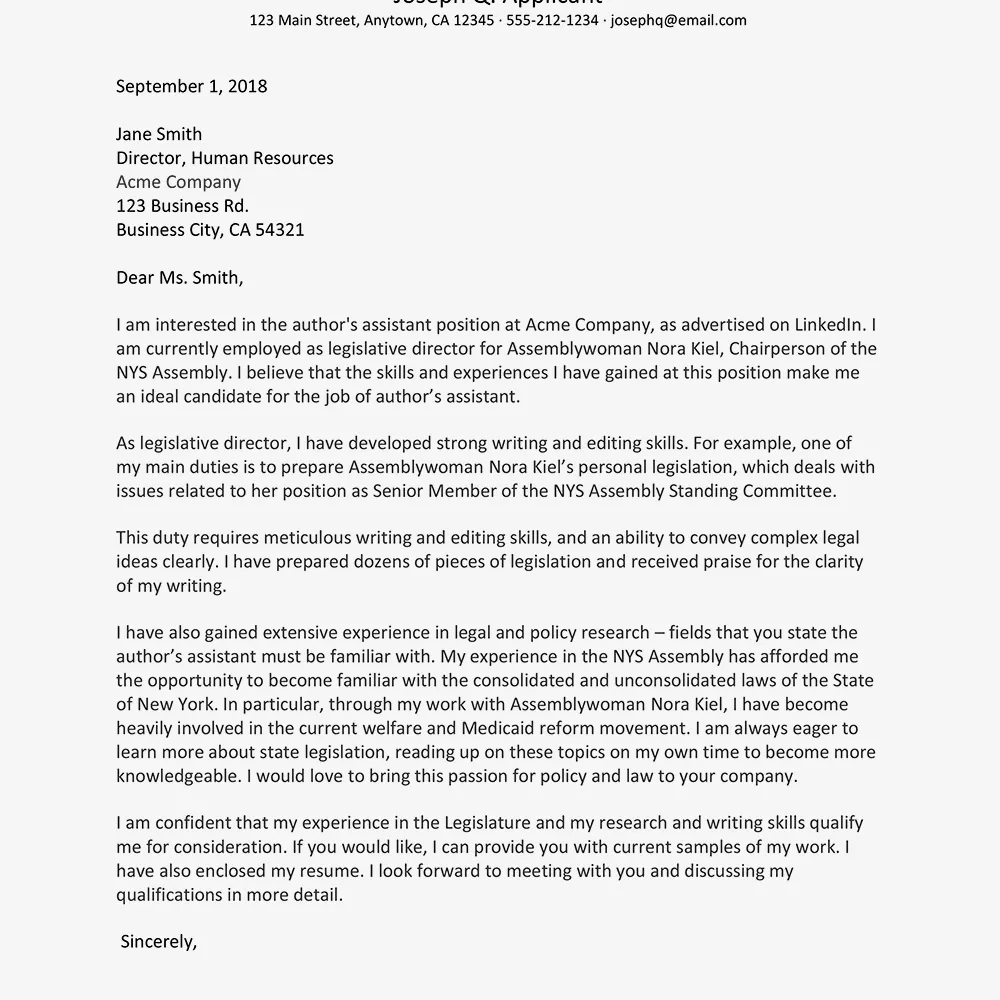
Instead of simply listing your responsibilities, quantify your achievements to demonstrate the impact you’ve made in previous roles. Use numbers, percentages, and specific data to provide concrete evidence of your accomplishments. For example, instead of saying “Managed social media accounts,” say “Increased social media engagement by 30% in six months.” Quantifying your achievements makes them more compelling and helps the hiring manager understand the value you bring to the table. It also sets you apart from other candidates who may only provide general descriptions of their responsibilities. Always provide context for your numbers so that the hiring manager understands their significance.
Expressing Your Enthusiasm and Fit
Throughout your cover letter, it’s important to express your enthusiasm for the role and the company. Show genuine interest by researching the company and highlighting what specifically attracts you to their mission, values, or products. Mention something you admire about the company or the role. Explain why you believe you’re a good fit, not just in terms of your skills, but also in terms of your personality and work ethic. This helps the hiring manager see you as more than just a qualified candidate; it makes you appear like someone who is genuinely excited about the opportunity. Avoid generic statements. Instead, tailor your expression of enthusiasm to the specific role and company, showing you’ve done your homework and are genuinely interested.
Crafting a Strong Closing Paragraph
The closing paragraph should reiterate your interest in the position and leave a lasting positive impression. Summarize your key qualifications and why you’re a good fit for the role. Thank the hiring manager for their time and consideration. Be professional and concise. Avoid being overly formal or using clichés. Instead, express your eagerness to learn more about the opportunity and reiterate your desire for an interview. You can also mention your availability for an interview. A well-crafted closing paragraph reinforces your interest and leaves the hiring manager with a positive impression of you.
Reiterating Interest and Call to Action
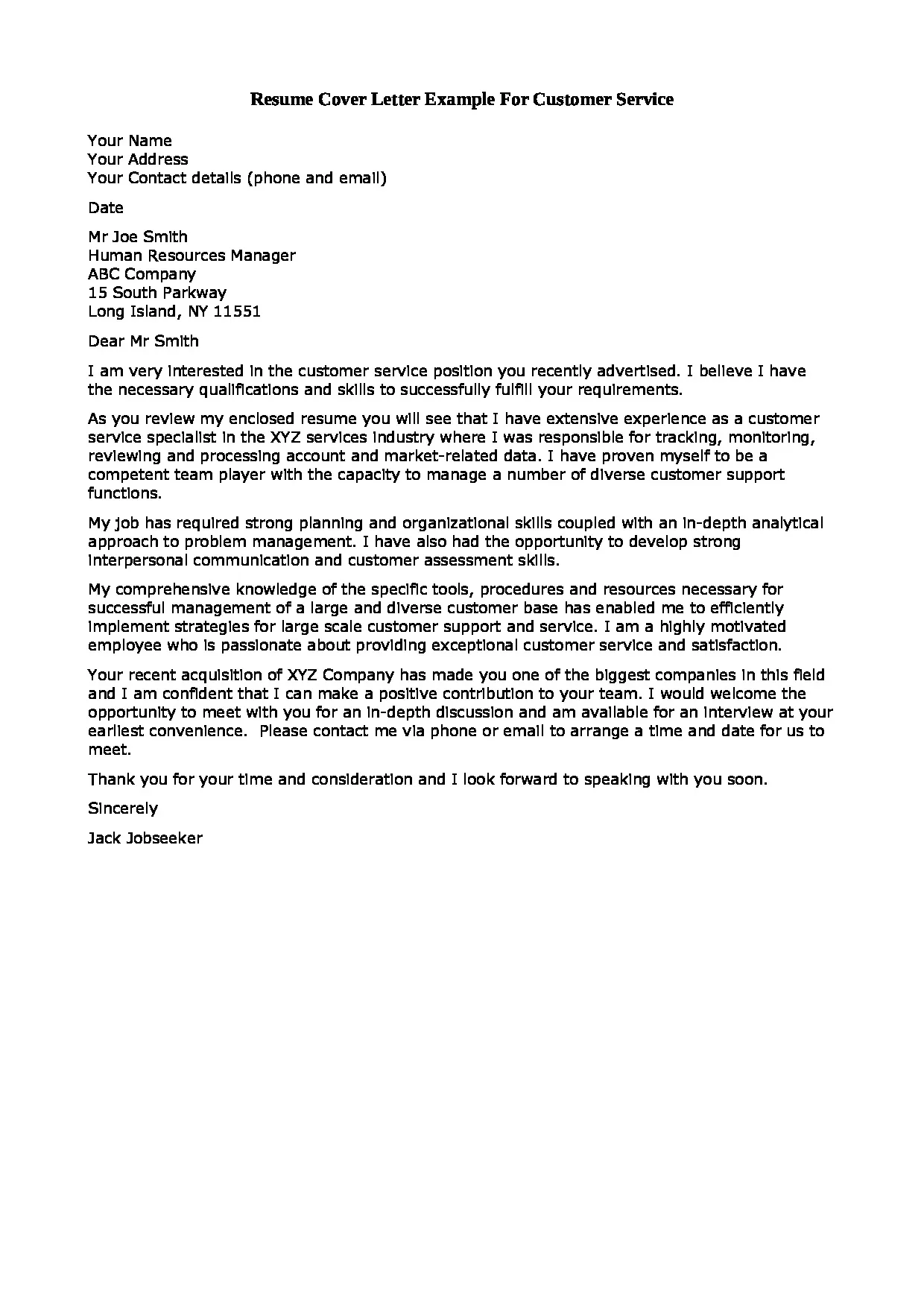
In your closing paragraph, always include a clear call to action. This is where you explicitly state your interest in an interview and how you can be contacted. For example, you could say, “Thank you for your time and consideration. I am eager to discuss my qualifications further and am available for an interview at your earliest convenience.” Include your contact information again, just in case it’s needed. Make it easy for the hiring manager to take the next step. By including a clear call to action, you guide the hiring manager and increase the likelihood of getting an interview. This is one of the most critical elements of a cover letter, making sure that you are memorable.
Cover Letter Formatting Best Practices
Proper formatting is essential for making your cover letter readable and professional. Poor formatting can make it difficult to read and may lead the hiring manager to disregard your application. Consistency is key, so stick to the same font, font size, and spacing throughout your letter. Choose a professional font, use appropriate margins, and ensure good spacing between paragraphs. It’s important to use a clear and legible layout, and make sure that it’s easy on the eyes. This shows that you have attention to detail, and it is easier for the hiring manager to grasp the overall message.
Choosing the Right Font and Font Size
The choice of font and font size can significantly impact the readability and professionalism of your cover letter. Select a professional and easy-to-read font, such as Times New Roman, Arial, or Calibri. Avoid using overly decorative or unusual fonts, as they can distract from the content. For the font size, use a size between 10 and 12 points. This size is typically the most readable. Ensure the font size is consistent throughout the document. Consider the overall impact of your formatting. Your goal is to make your cover letter visually appealing and easy for the hiring manager to read.
Formatting and Layout for Readability
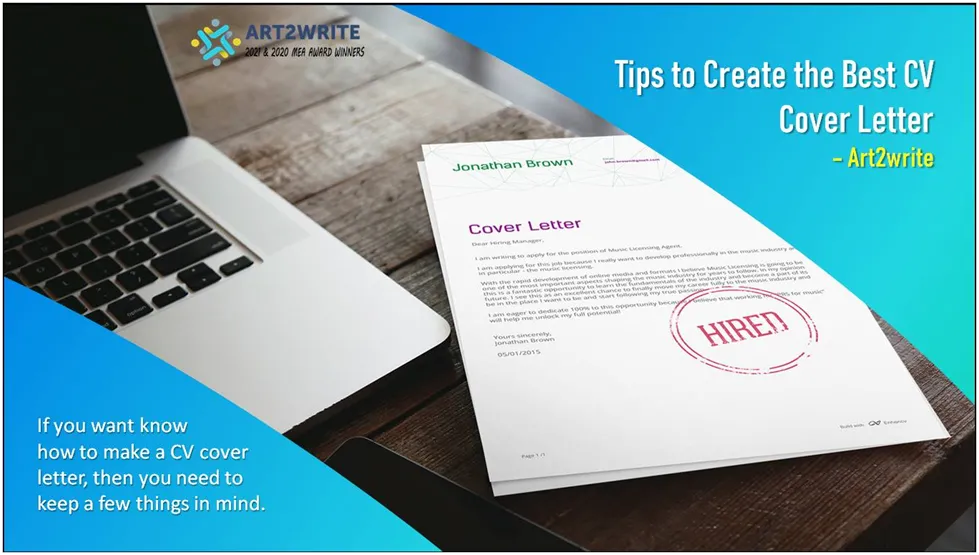
A well-formatted layout enhances readability and makes your cover letter more visually appealing. Use standard one-inch margins on all sides of the page. This creates a clean and uncluttered look. Use single-spacing within paragraphs and double-spacing between paragraphs to separate the sections and create visual breaks. Align your text to the left, except for your contact information and the date, which should be aligned to the left. Use bullet points to highlight key skills or accomplishments. By following these formatting guidelines, you make your cover letter easy to read and help the hiring manager focus on your content.
Proofreading and Editing Your Cover Letter
Proofreading and editing are crucial steps in ensuring your cover letter is polished and professional. Carefully proofread your letter for any typos, grammatical errors, and spelling mistakes. These errors can create a negative impression and detract from your qualifications. Read your letter aloud to catch any awkward phrasing or sentence structures. Ask a friend, family member, or career advisor to review your cover letter for you, as a fresh set of eyes can often catch mistakes you might miss. Always ensure you have a flawless and error-free cover letter.
Avoiding Common Cover Letter Mistakes
Avoiding common cover letter mistakes can significantly increase your chances of success. These mistakes can range from using generic content to neglecting to tailor the letter to the specific job and company. Addressing and correcting these errors can set you apart from other candidates. By taking the time to create a personalized and well-crafted cover letter, you significantly increase your chances of being noticed and securing an interview. Avoiding these mistakes helps to ensure that your message is clear, professional, and impactful.
Generic Cover Letters
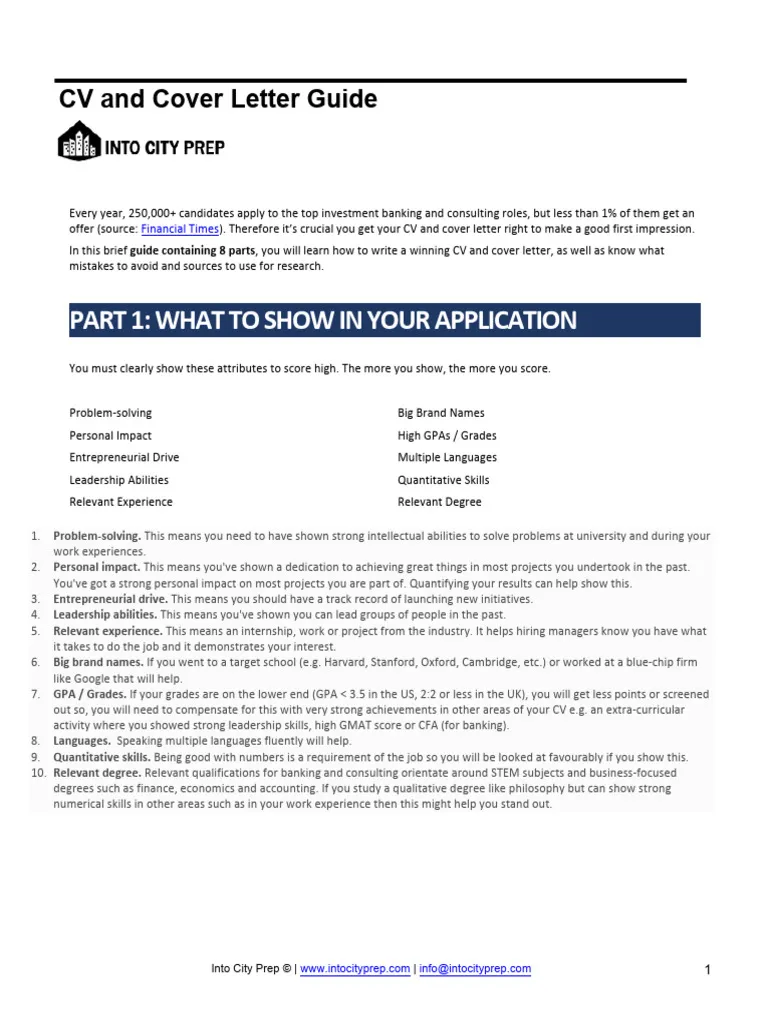
One of the most common mistakes is using a generic cover letter that is not tailored to the specific job and company. Generic letters lack the personal touch and fail to demonstrate your genuine interest in the role. They do not align your skills and experiences with the specific requirements of the job. To avoid this, always customize your cover letter for each application. Research the company, the role, and the hiring manager (if possible). Show you understand the company’s needs and demonstrate how your skills and experiences can benefit them. The hiring manager will notice that you have taken the time to personalize your application.
Typos and Grammatical Errors
Typos and grammatical errors can immediately damage your credibility and make you appear unprofessional. They suggest a lack of attention to detail. Always proofread your cover letter carefully, multiple times. Use a spell-checker and grammar-checker, but don’t rely on them entirely. Read your letter aloud to catch any awkward phrasing or sentence structures. Ask a friend, family member, or career advisor to review your cover letter for you. A fresh pair of eyes can often catch mistakes that you might miss. A clean and error-free cover letter is essential for making a positive first impression.
Ignoring the Job Description
Ignoring the job description is a critical mistake. The job description provides detailed information about the required skills, qualifications, and responsibilities. If you do not refer to the job description, you risk missing important details. Review the job description carefully and tailor your cover letter to address each of the requirements. Highlight how your skills and experiences match the specific qualifications listed. Use keywords and phrases from the job description in your letter. By aligning your cover letter with the job description, you show the hiring manager that you’ve taken the time to understand the role and that you’re a good fit.
Tailoring Your Cover Letter for Each Application
Tailoring your cover letter for each application is essential for making a strong impression. A generic cover letter, used for multiple applications, will not stand out. Customization demonstrates your genuine interest in the role and the company. It is a must-do for any jobseeker. Show that you’ve done your research and understand the company’s needs. Your cover letter should be unique and tailored for each specific role.
Researching the Company and the Role
Before writing your cover letter, research the company and the specific role. Visit the company’s website to learn about their mission, values, products, and services. Understand their culture and what makes them unique. Review the job description carefully, noting the required skills, qualifications, and responsibilities. Use this information to tailor your cover letter. Refer to the company’s values and mission, explaining why you want to work for them. This shows your understanding of the role and demonstrates your interest in the organization. Tailoring your letter will help you make a connection with the hiring manager.
Personalizing Your Letter for Maximum Impact
Personalize your cover letter to make a lasting impact. Address the hiring manager by name, if possible, showing that you’ve done your research. Use the company’s name throughout the letter. In your opening paragraph, explain why you’re interested in the specific role and the company. Highlight how your skills and experiences align with their requirements and show your enthusiasm for the opportunity. By personalizing your letter, you create a connection with the hiring manager and increase your chances of being noticed.
Cover Letter Examples and Templates
Using cover letter examples and templates can be a great starting point for creating your own letter. However, remember to customize them to reflect your unique skills, experiences, and the specific job you’re applying for. Examples provide a framework, and templates offer a basic structure. Use these resources as inspiration. Don’t copy them verbatim; your cover letter must reflect your personality and unique qualifications. Always personalize your cover letter to make it impactful.
Where to Find Cover Letter Templates
You can find cover letter templates from various sources. Many websites offer free templates that you can download and customize. Some popular sites include Microsoft Word, Google Docs, and online career resources. Consider professional resume and cover letter writing services, where you can get personalized templates. Always ensure the template aligns with your needs and that it’s professional-looking and well-formatted. Customize the template to fit your information and to make it fit the job you want.
Analyzing Effective Cover Letter Examples
Analyze effective cover letter examples to learn what makes them successful. Note how the candidate showcases their skills and experiences, demonstrating a clear understanding of the job requirements. Pay attention to the tone, language, and formatting. Look for examples that are tailored to the specific job and company. Note how the candidate expresses their enthusiasm for the role and the company. Analyze how the examples are formatted, as well as the length. Effective examples clearly articulate the candidate’s value, and it grabs the reader’s attention.
